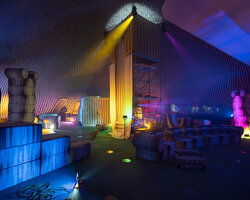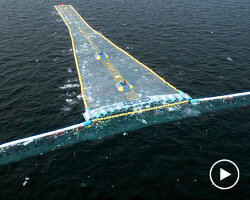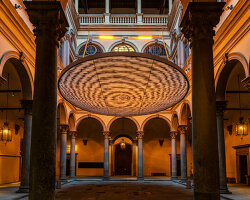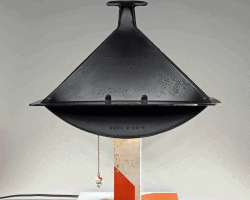KEEP UP WITH OUR DAILY AND WEEKLY NEWSLETTERS
happening now! partnering with antonio citterio, AXOR presents three bathroom concepts that are not merely places of function, but destinations in themselves — sanctuaries of style, context, and personal expression.
discover all the important information around the 19th international architecture exhibition, as well as the must-see exhibitions and events around venice.
for his poetic architecture, MAD-founder ma yansong is listed in TIME100, placing him among global figures redefining culture and society.
connections: +170
the pavilion’s design draws on the netherlands’ historical and spatial relationship with water.
as visitors reenter the frick in new york on april 17th, they may not notice selldorf architects' sensitive restoration, but they’ll feel it.
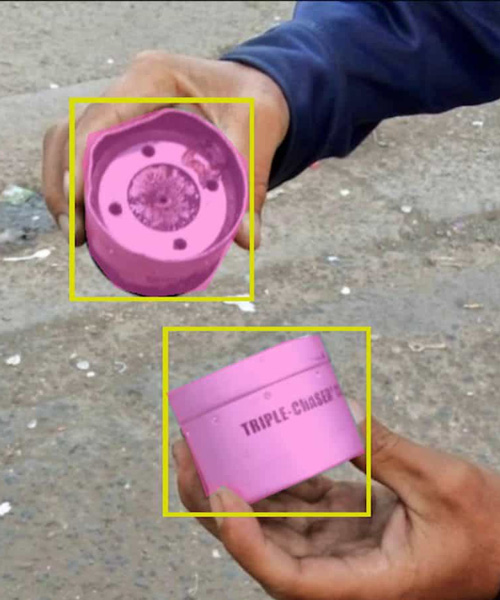
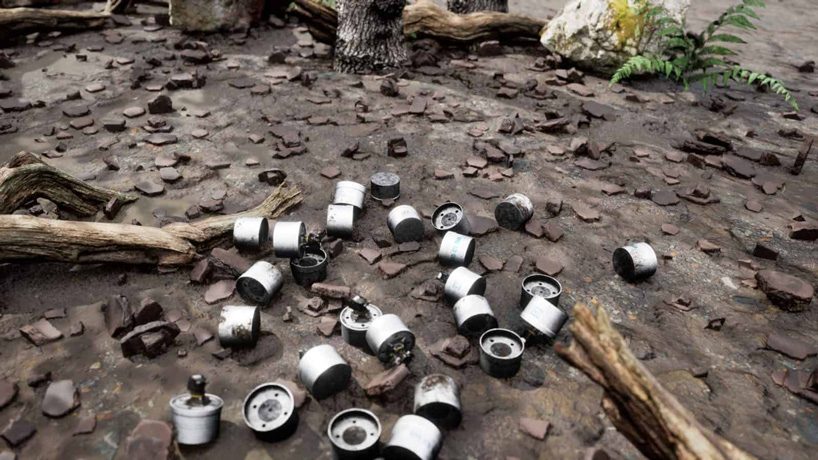 all images courtesy of forensic architecture/praxis films
all images courtesy of forensic architecture/praxis films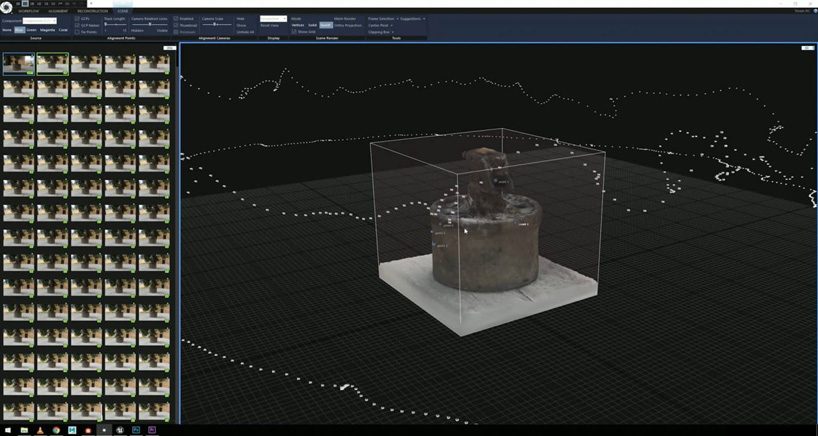 activists around the world were asked to find, and film, examples of the triple chaser grenade, which were then turned those into a precise 3D model using photogrammetry
activists around the world were asked to find, and film, examples of the triple chaser grenade, which were then turned those into a precise 3D model using photogrammetry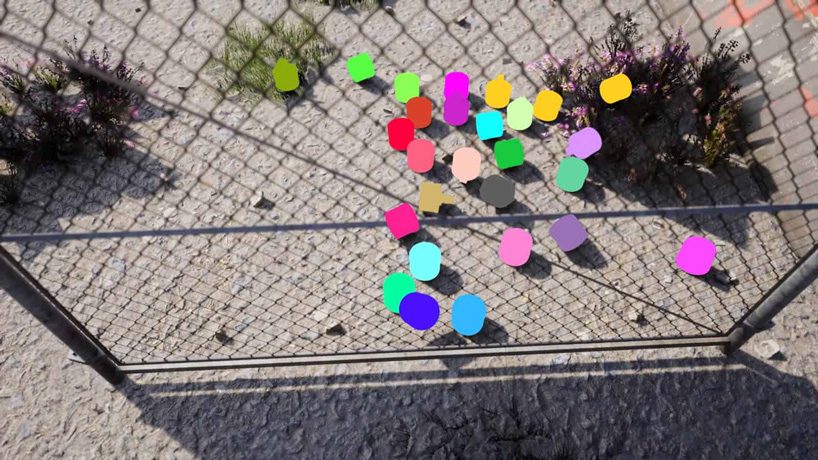 coloured ‘masks’ tell the classifier where in the image the triple-chaser grenade exists
coloured ‘masks’ tell the classifier where in the image the triple-chaser grenade exists every ‘synthetic image’ came with a corresponding ‘mask’ image
every ‘synthetic image’ came with a corresponding ‘mask’ image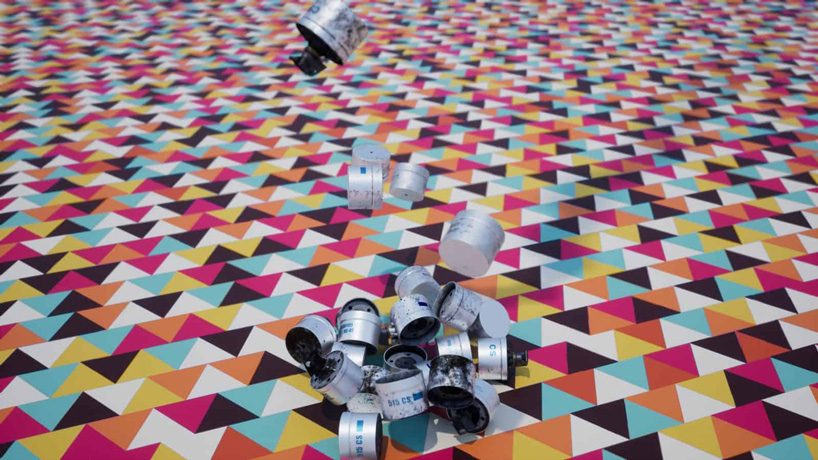 producing images of the model against bold, generic patterns improves the classifier’s ability to identify the grenade
producing images of the model against bold, generic patterns improves the classifier’s ability to identify the grenade 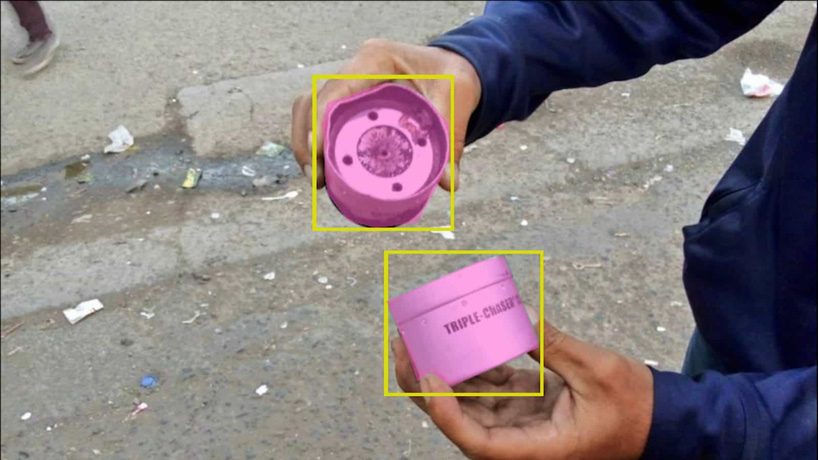 during the process of training a ‘computer vision’ classifier, bounding boxes and ‘masks’ tell the classifier where in the image the triple-chaser grenade exists
during the process of training a ‘computer vision’ classifier, bounding boxes and ‘masks’ tell the classifier where in the image the triple-chaser grenade exists


